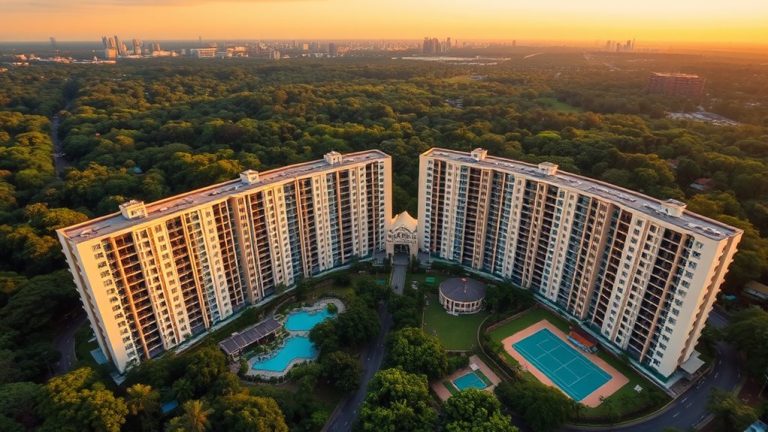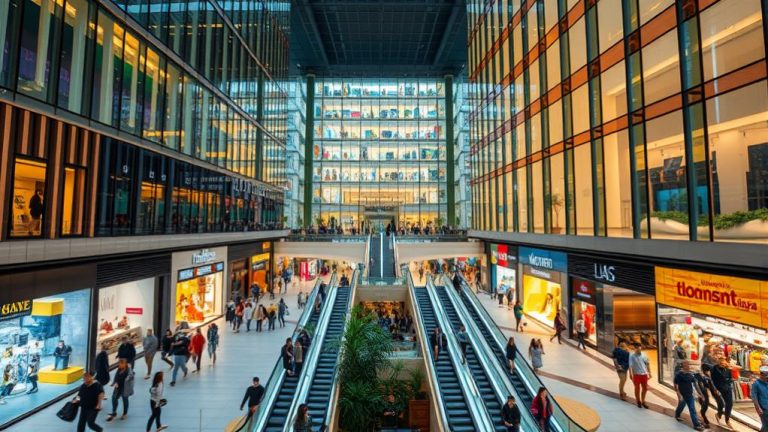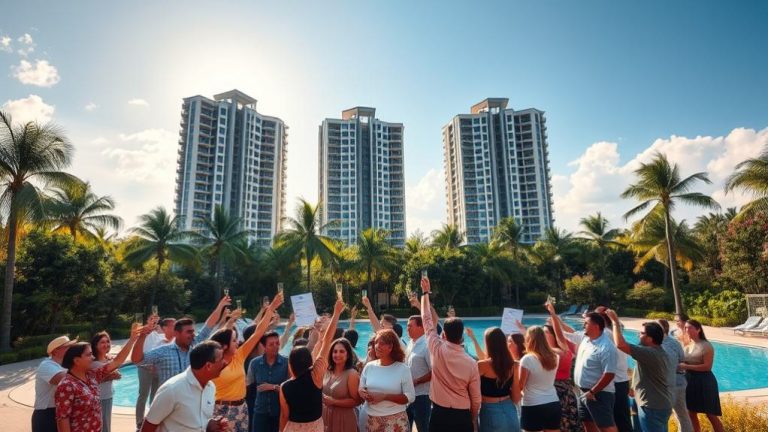Thomson offers urban convenience with bustling shopping centers, top schools like Raffles Institution, and major expressway access via CTE and PIE, though housing prices typically exceed $2,000 per square foot. Springleaf provides tranquil living within a 33-hectare ecological zone, featuring nature trails and landscaped gardens, with MRT connectivity just 100 meters away and more affordable entry points starting around $878,000. Both locations cater to different lifestyle preferences, and exploring their unique advantages reveals compelling considerations for potential residents.
Location and Accessibility Comparison
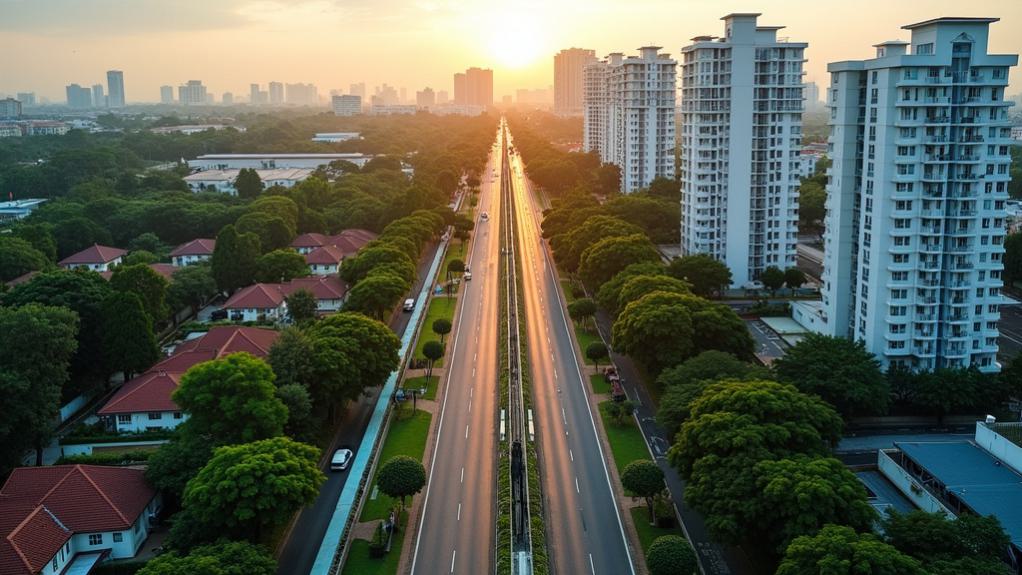
When choosing between Thomson and Springleaf, location and accessibility often become the deciding factors that can make or break a living decision. Thomson stands out with its impressive road connectivity, featuring major expressways like the CTE, PIE, and SLE that provide quick access to the city and neighboring districts. This makes commuting by car particularly convenient for professionals working across different areas.
Meanwhile, Springleaf takes a different approach, prioritizing public transportation with the Thomson-East Coast Line’s Springleaf MRT station positioned just 100 meters away. This proximity offers seamless transit connectivity for daily commuters who prefer avoiding traffic jams.
Both locations excel in their respective strengths, catering to different transportation preferences and lifestyle needs. For those seeking similar MRT convenience elsewhere, developments like Terra Hill offer freehold properties within a 4-minute walk to MRT stations, demonstrating the growing emphasis on transit-oriented living in Singapore.
Lifestyle and Amenities Analysis
The lifestyle differences between Thomson and Springleaf represent two distinct philosophies of urban living, each catering to dramatically different preferences and daily routines.
Thomson thrives as a bustling urban hub, offering residents immediate access to Thomson Plaza’s integrated shopping experience, top-tier educational institutions like Raffles Institution, and an impressive array of dining and entertainment venues.
Meanwhile, Springleaf emphasizes tranquil living through carefully designed nature trails, sky terraces, and landscaped gardens that promote eco-conscious lifestyles.
- Urban excitement versus peaceful retreat – Thomson’s vibrant social scene contrasts sharply with Springleaf’s serene outdoor recreational facilities
- Modern convenience versus natural harmony – High-rise commercial amenities meet heritage-conserved buildings and biodiversity-sensitive design
- Fast-paced connectivity versus mindful community – Seamless city access competes with community gardens and nature-focused bonding experiences
For those seeking the ultimate in exclusive living, developments like Cape Royale in Sentosa Cove offer breathtaking views and luxury amenities that elevate the residential experience to unprecedented heights.
Housing Options and Pricing
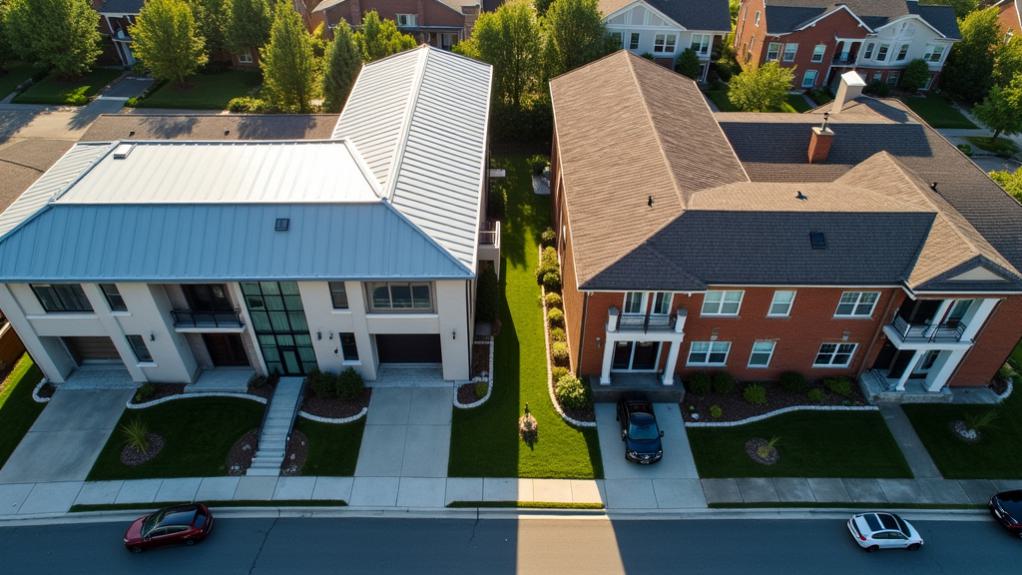
Beyond lifestyle considerations, financial realities profoundly shape residential decisions between these two locations, with each area presenting distinct value propositions that reflect their respective market positioning.
Thomson’s housing market features diverse options including newer condominiums, HDB flats, and landed properties, typically commanding prices above $2,000 per square foot due to its central location and extensive amenities.
Thomson’s premium housing market reflects its central location, with diverse property types commanding over $2,000 per square foot.
Meanwhile, Springleaf Residences offers competitive entry points starting at $878,000 for one-bedroom units, with launch prices around $2,072 per square foot.
While Thomson’s premium pricing reflects prime accessibility and proximity to top schools, Springleaf’s pricing benefits from strategic positioning near upcoming developments and natural reserves, creating compelling value for buyers seeking quality without excessive premiums.
Additionally, nearby developments like Sanctuary@Newton in District 11 offer freehold property options with 38 units ranging from 2BR to 4BR configurations, providing another premium alternative in the central location market segment.
Transportation Connectivity
Although both neighborhoods benefit from modern MRT infrastructure, their transportation dynamics reveal fascinating contrasts that markedly impact daily commuting experiences. Thomson residents enjoy direct access to the Thomson-East Coast Line, providing efficient routes to Orchard, Marina Bay, and eastern districts. However, they face longer travel times to the city center due to less convenient station proximity.
Meanwhile, Springleaf takes the crown for convenience, positioned just 100 meters from Springleaf MRT station on the same TEL line, offering unmatched accessibility.
Both areas benefit from major expressway connections, with Thomson’s proximity to the Central Expressway particularly advantageous for drivers charting Singapore’s road network.
For those considering premium developments along the Thomson-East Coast Line, Meyer Blue on Meyer Road offers strategic positioning near Katong Park MRT and Tanjong Katong MRT stations, combining excellent connectivity with rare sea and landed property views.
- Imagine stepping out your door and reaching the MRT platform in under two minutes
- **Picture *effortless daily commutes* without the stress of rushing to distant stations**
- **Envision *seamless weekend adventures* with direct connections to Singapore’s hotspots**
Future Development Potential
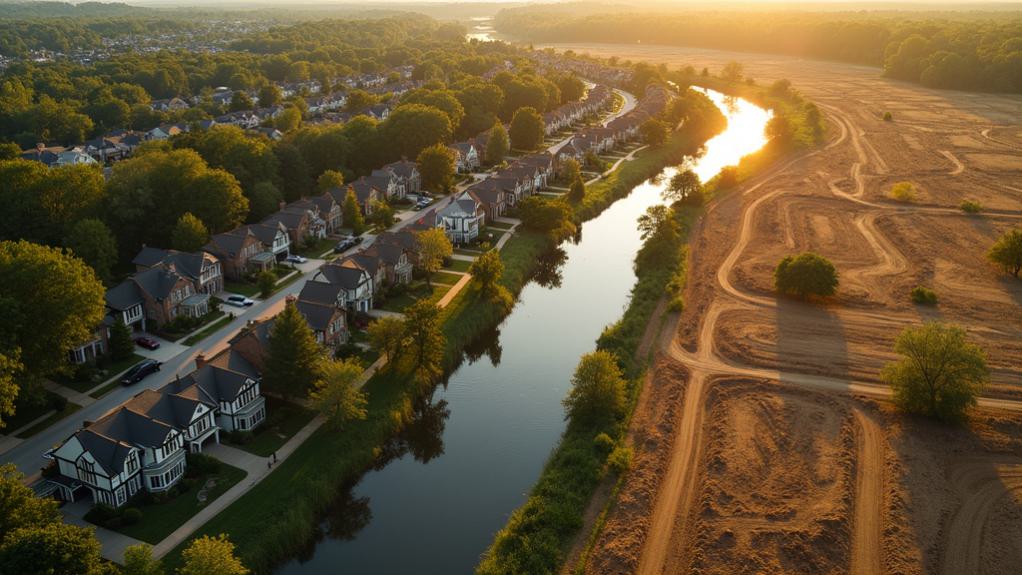
As Singapore continues its ambitious urban transformation, Springleaf emerges as a standout contender in the race for future property appreciation, backed by substantial government investment and strategic planning initiatives. The area sits within a 33-hectare ecological zone, positioning itself as Singapore’s next eco-friendly residential enclave while benefiting from the North Coast Innovation Corridor and Woodlands Regional Centre developments.
This strategic urban-rural interface offers remarkable capital appreciation potential, driven by regional transformation and environmental initiatives that will fundamentally reshape the area’s desirability and accessibility in coming years. Meanwhile, Singapore’s luxury residential market continues to attract discerning buyers, as evidenced by prestigious developments like The Green Collection at Sentosa Cove, which recently launched with award-winning architectural design and exclusive amenities.
Conclusion
Both Thomson and Springleaf offer compelling residential experiences that serve different lifestyle priorities. Thomson’s urban conveniences and vibrant community atmosphere suit professionals seeking accessibility and modern amenities. Meanwhile, Springleaf’s tranquil environment and natural surroundings appeal to residents prioritizing peaceful living with adequate connectivity. The decision ultimately depends on individual preferences, family requirements, and long-term goals. Prospective residents should carefully evaluate their priorities to determine which neighborhood aligns best with their desired living experience.

